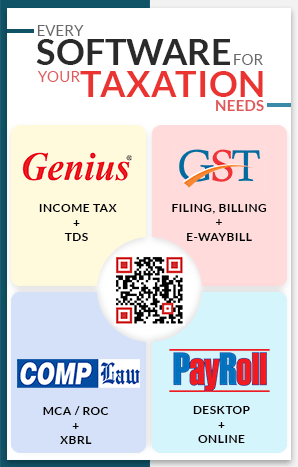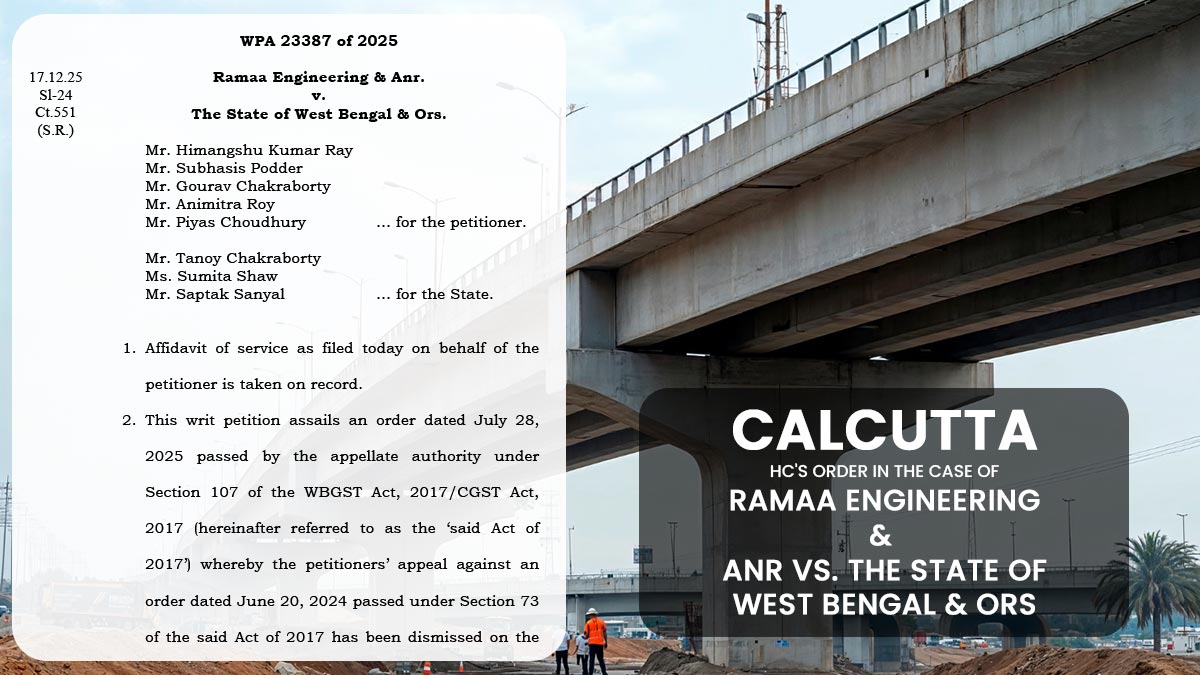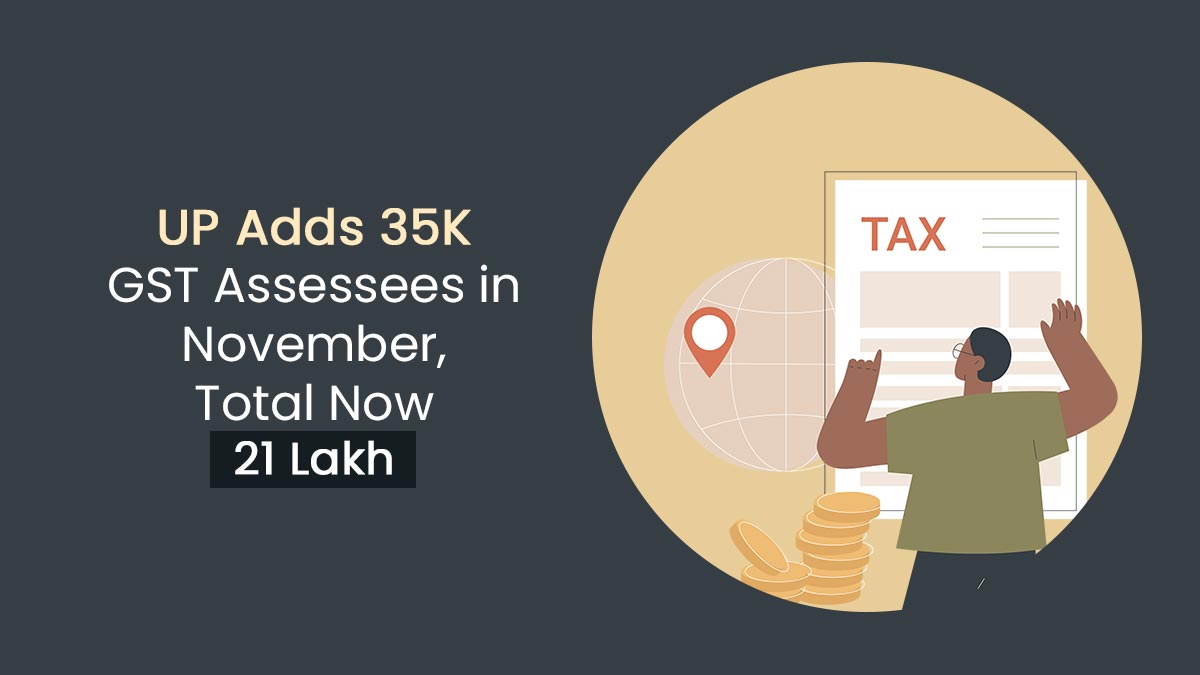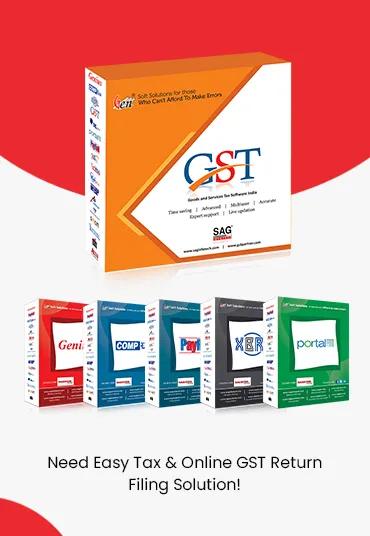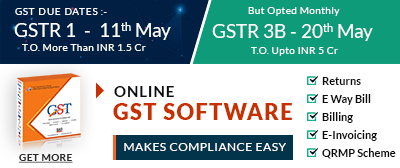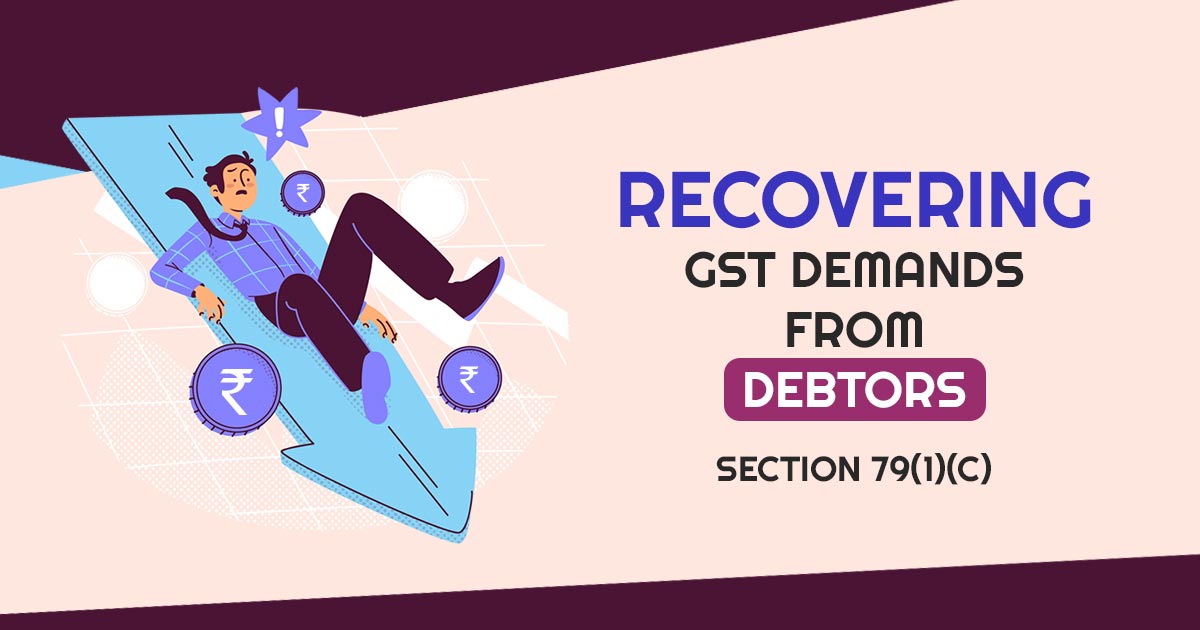
In this article, SAG Infotech explains how the GST Department recovers tax amounts from debtors under Section 79(1)(c) of the CGST Act 2017.
Speaker Om Birla cited that the world learns from the tax system of India. Under GST the whole country has to pay the uniform indirect taxes. Before that, each state had its own way of imposing tax on the items, but various complications have been eliminated with the inception of GST.
Almost all the loopholes have been covered under GST law. It secures the provision to recover your demand from the people who owe you money. Section 79(1)(c) allows recovery from third parties, including debtors of the defaulting taxpayer.
What Does the Term GST Demand Specify?
If a taxpayer is unable to file their due taxes then a GST demand emerges, often resulting from errors in tax filing, inaccurate GST input tax credit (ITC) claims, or suppression of taxable turnover. The taxpayer needs to pay the due amount within the set timeline after a demand gets confirmed following effective adjudication. Recovery proceedings under Chapter XV of the GST Act arrive if unable to comply.
Recovery Under [GST] Section 79(1)(c)
Section 79 of the GST Act furnishes towards recovering the outstanding GST dues, using distinct methods to ensure compliance and safeguard the government revenue. Authority has been furnished to the tax authorities referred to as proper officers to recover the unpaid amount via methods like attaching and selling movable or immovable properties, deducting amounts from refunds payable to the defaulter, or directly recovering from third parties indebted to or holding money on behalf of the defaulter.
One recovery process comprises the deduction from payables (Section 79(1)(a)), in which the proper officer can directly deduct the outstanding amounts from any refunds or money owed to the defaulter by the government. The other method is the attachment and sale of goods (Section 79(1)(b)), which permits the authorities to seize and sell the goods or properties of the defaulter to clear dues.
Under the provision, the tax authorities are been empowered to start the recovery from third parties (Section 79(1)(c)) via issuing a written notice before the defaulter’s debtors. Such debtors are required to file the amount to the government even not having documentation like passbooks or deposit receipts. Non-compliance with these notices makes the debtor obligated personally for the unpaid amount. But if the debtor establishes that no money is due or likely to be due before the defaulter then they are waived from obligation.
The Act permits the seizure and sale of property (Section 79(1)(d)), where movable or immovable assets can be confined until dues are cleared. If does not file after 30 days then the properties may be sold to recover the outstanding amounts and related costs. The authorities could recover the dues by sending a certificate citing the amount to the district collector (Section 79(1)(e)), who ministers it as an arrear of land revenue.
Tax authorities u/s 79(1)(f) may approach a magistrate to recover the dues as if they were fines thereby initiating the statutory proceedings to implement payment.
As per sub-section 2 of 79, it cites the recovery from the bonds or instruments. If any bond or legal instrument implemented under GST laws comprises the terms for the recovery, the due amount could be recovered via the methods specified in Subsection (1).
Also the sub-sections 3 and 4 state on the Joint Recovery by Central and State Tax Authorities. When dues do not get paid then the State or Union Territory tax authorities can recover the amount on behalf of the Central Government. Recovered amounts are credited proportionately to the accounts of the Central and State governments based on the respective dues owed to each.
GST Section 79(1)(c) for Recovery from Third Parties
Regarding the topic, recovery from third parties under Section 79(1)(c) of the GST Act is one method. Section 79(1)(c) authorizes the GST authorities to issue a notice to any third party—such as a debtor—who owes money to the defaulter or holds funds on their behalf. The notice directs the third party to pay such amounts directly to the government, effectively bypassing the taxpayer.
For instance, if a business owes Rs 10 lakhs before a supplier who has defaulted on GST payments then the department could provide a notice to the business u/s 79(1)(c), directing it to remit the Rs 10 lakhs before the government rather than the supplier.
In matters where the same method is effective where the taxpayers try to protect their assets via transferring them to third parties or when they have enough funds or assets to fulfil their tax obligations.
GST Notice to Debtors
The proper officer under sub-clause (i), may provide written notice before a third party (debtor) who owes money before the defaulter or seems to have this money in the future. The notice mandates the debtor to file the cited amount to the government. The same payment is required to be made either on the money becoming due or in the cited duration.
It is been ensured under the notice that even the future obligations owed before the defaulter could be appropriated via the government, securing the tax dues in advance.
Imperative Duty on the Recipient of the Notice
Any person under the sub-clause (ii) getting the notice is legally obligated to comply. The same provisions have been extended before the entities like post offices, banks, or insurers. These institutions do not need to produce particular documentation, like passbooks or deposit receipts before making the payment. The same proves that the procedural formalities do not block or delay compliance with the notice.
Non-Compliance Outcomes
Sub-clause (iii) charges the robust outcomes for the non-compliance. If the individual is unable to make the payment as specified then they are regarded to be defaulters. All the statutory outcomes applicable under the GST Act for default shall be applicable thereafter. The same incentivizes compliance and prevents attempts to evade liability.
Ease of Amendment or Cancellation of Notice
The proper officer shall be provided with the flexibility under sub-clause (iv). The notice could be revised or revoked at any time, and the officer could indeed extend the due date of payment. The same adaptability assures that the recovery procedure is within amendments in the cases of errors in the notice or delays in the financial transaction of the debtor.
Legal Defence for Debtors Conceding with Tax Notice
Sub-clause (v) safeguards third parties who comply with the notice. The incurred payments via the debtor in answer to the notice are regarded as a valid release of their obligation to the defaulter. These payments once credited before the government could not be challenged via the defaulter ensuring the debtor is not obligated twice for the identical amount.
Payments Liability Made After the Tax Notice
if the debtor as per sub-clause (vi) releases any obligation before the defaulter posts getting the notices then they become obligated to the government. Their obligation is restricted to the lesser of the amount filed to the defaulter or the total dues owed via the defaulter to the government. The same clause averts the defaulters from getting the advantage of the incurred transactions in disregard of the notice.
Tax Exemption Liability
Sub-clause (vii) furnishes the relief before the third parties who could give the example that the money asked was not due or seems to become due to the defaulter. If the debtor establishes that they do not owe or hold any money for the defaulter during the notice or that the amount seems to be due subsequently then they are waived from complying with the notice.
CGST Rule 145
The process to recover the tax dues from a third party is been mentioned under Rule 145 of the GST Rules. The proper officer under sub-rule (1) may provide a notice in FORM GST DRC-13 to a third party (as defined under Section 79(1)(c)), asking them to deposit the defined amount.
Read Also: GST Forms: Return Filing, Registration, Challan, Refund, Invoice, Transition
As mentioned in the notice, sub-rule (2) if the third party incurs the payment then it obligates that the proper officer is required to issue a certificate in FORM GST DRC-14. The same certificate will furnish the information of the liability that has been released via the third party.
GST Forms
Specific forms have been used by the GST department to functionalize Section 79(1)(c):
- Form DRC-13: The very notice is been provided before the debtor asking them to remit the cited amount before the government.
- Form DRC-14: The Form provides an acknowledgement or receipt once the debtor complies with the directive.
Conclusion: Section 79(1)(c) poses a significant provision for the government as it is to recover the tax dues from the third parties assisting in avoiding delays on the condition that the person who owes taxes does not cooperate.
It safeguards innocent third parties from being incorrectly responsible ensuring those who owe money to the defaulter should file the tax dues. For the changes or cancellations of notices, the section permits the procedure to get more transparent and fair and lessening mistakes or disagreements.



